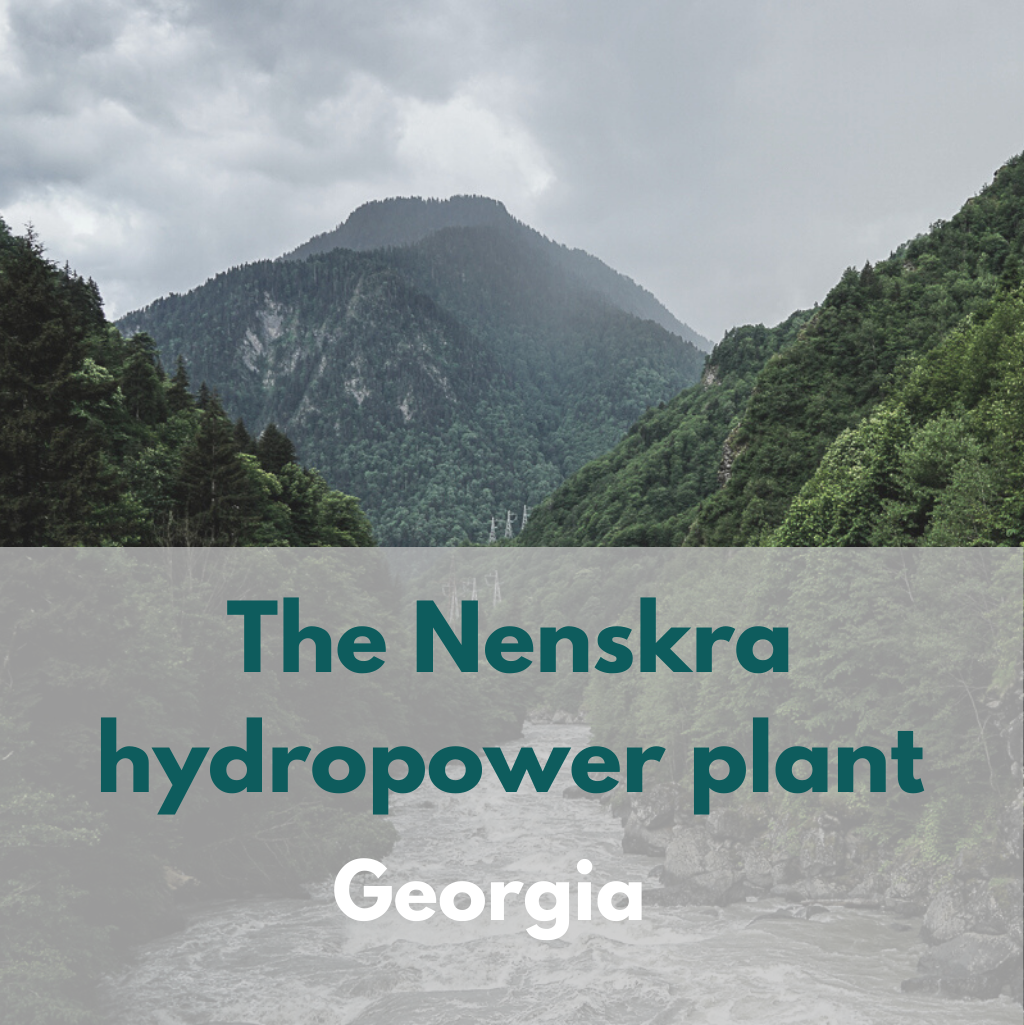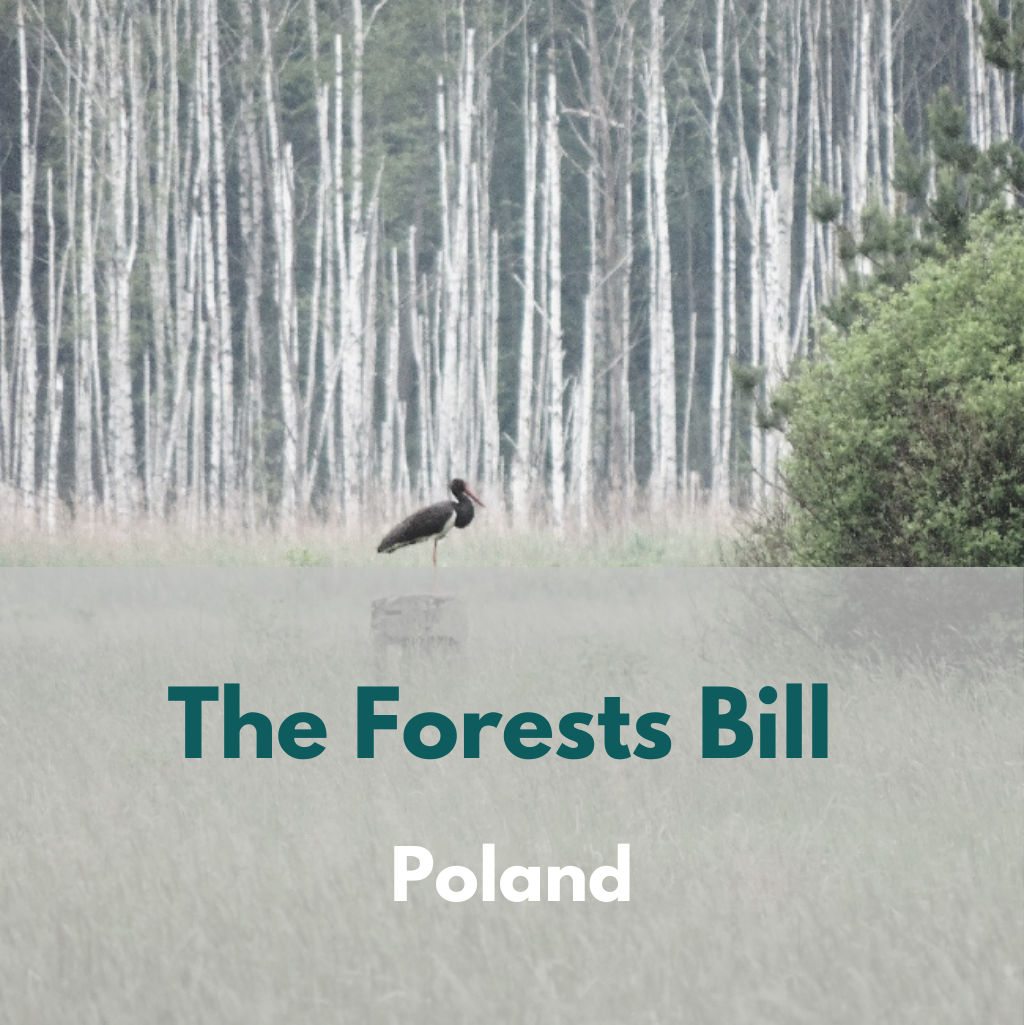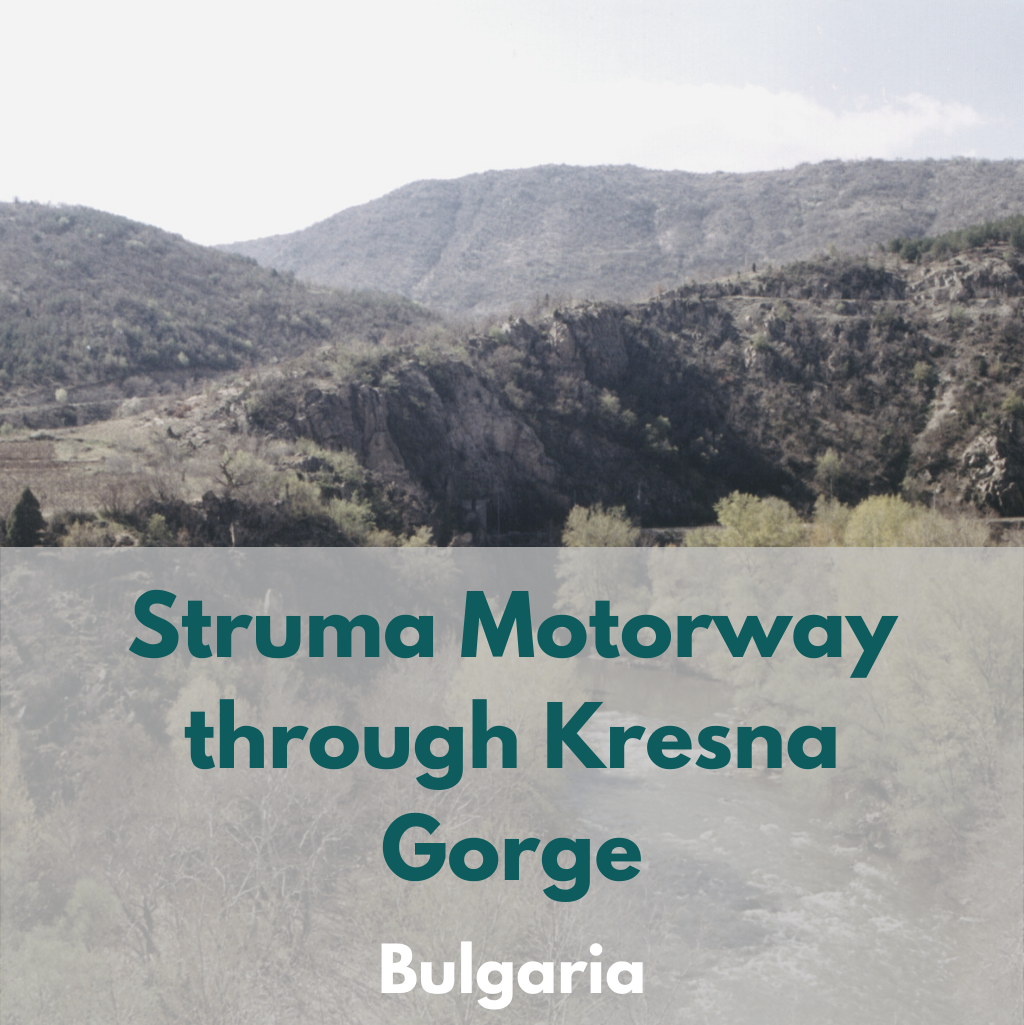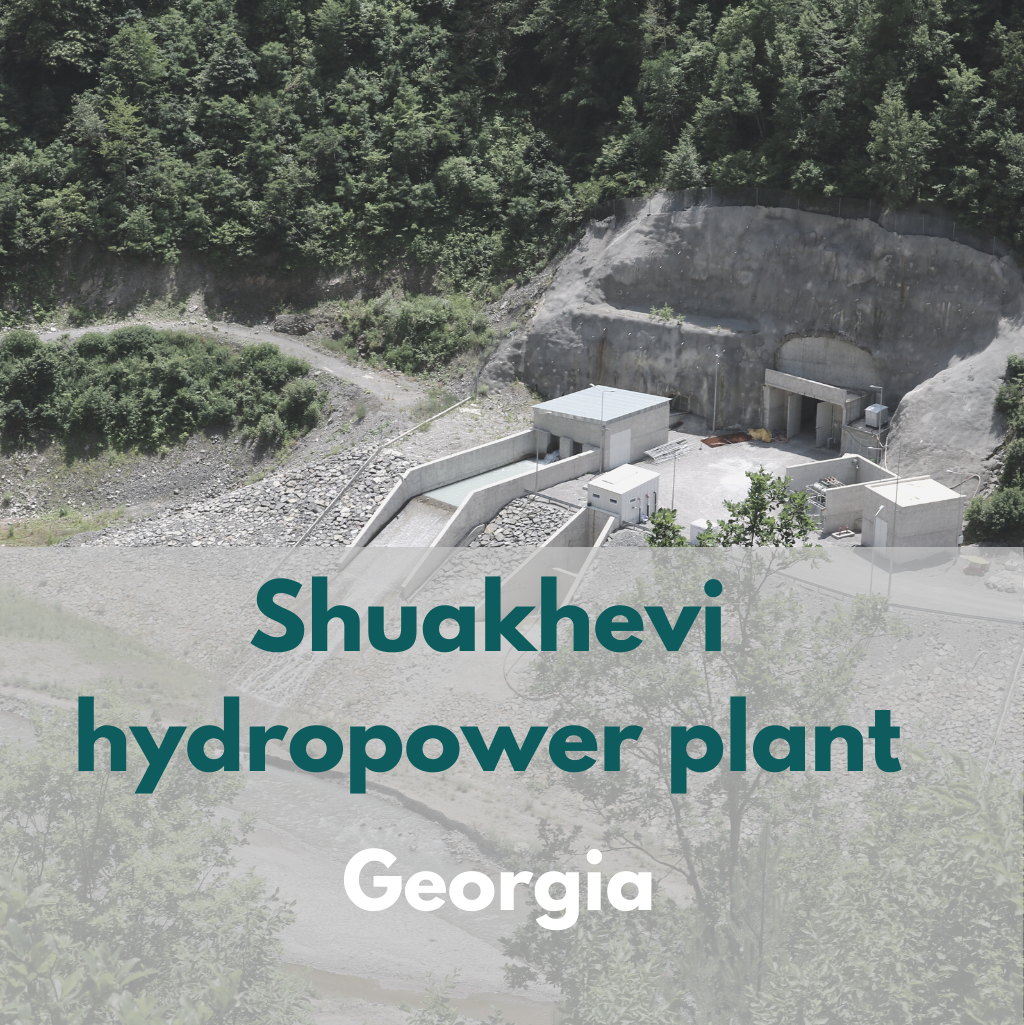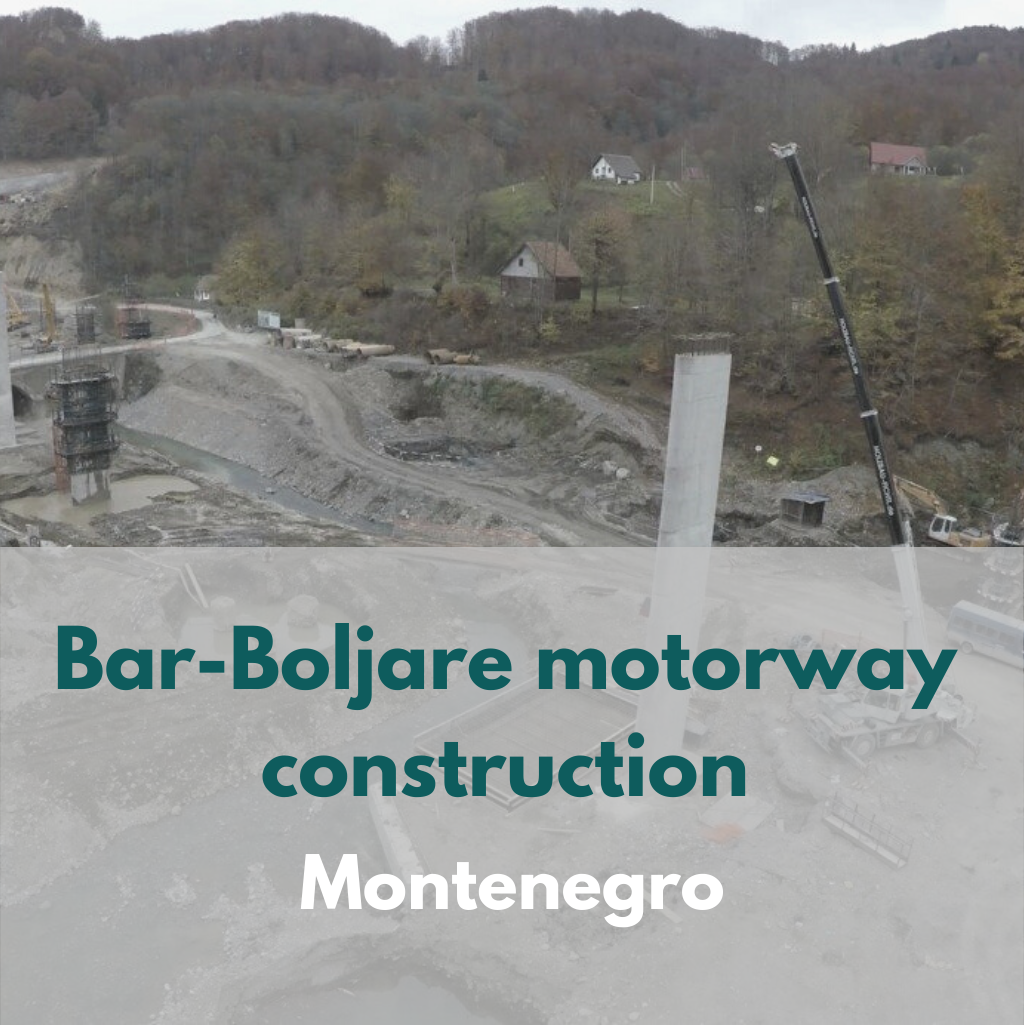The BRUA Law
Country: Romania
In 2016, the Romanian Government set forth a legislative procedure to adopt measures for the implementation of the Natural Gas Transport System, better known as the BRUA Corridor, which would connect Bulgaria, Romania, Hungary and Austria via a natural gas pipeline, part of the Southern Gas corridor.
The contents of these measures were problematic. They were based on derogations from national and international environmental protection laws, agricultural land and forests, protected natural areas or cultural heritage safeguards, and also on provisions contrary to regulations in the field of property rights protection. Furthermore, although the legislative proposal was specially designed for the implementation of the BRUA pipeline, at the end of the legislative procedure, these provisions were applied to all projects of national importance in the natural gas sector.

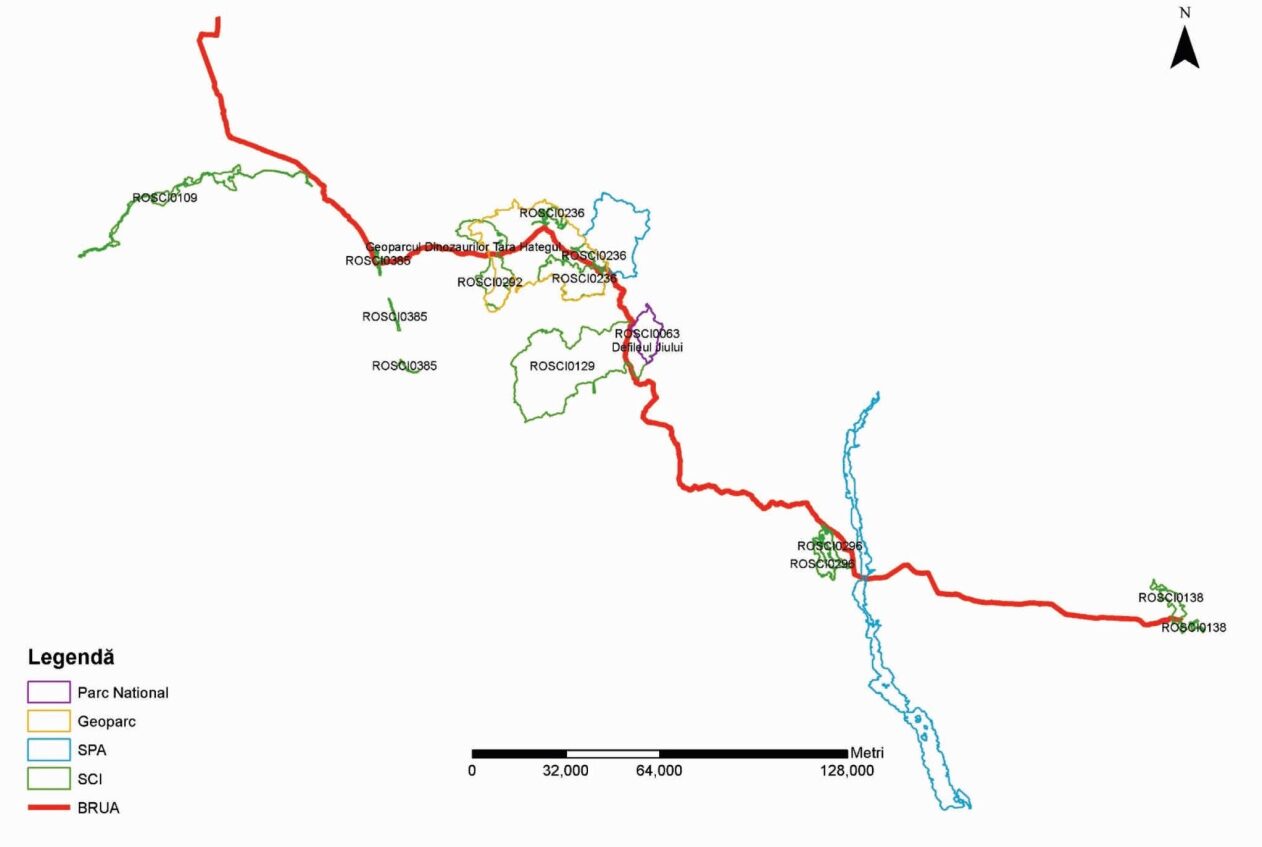
The resulting new law permits the occupation of forest lands belonging to the state or the administrative-territorial units for the purposes of carrying out the construction works of the pipeline, without cost to the construction companies. Specifically, the act provides that ‘temporary occupation of forest land […] shall be done free of charge for the entire duration of the pipelines related to projects of national importance’.
Prior to the introduction of this law, the temporary occupation of forest lands was permitted for only a 10-year period with the possibility of extending the period for another 10 years, and it was accompanied by some monetary contribution obligations. Now, due to these changes, even if a pipeline exploitation is not given an end date, the occupation of forest lands for this purpose is still considered temporary and is instituted free of charge.
Besides changes in the forestry sector, the law also changes the regime of the protected natural areas. On its route, the BRUA pipeline will intersect seven Natura 2000 sites and cross ‘Dinosaur Land’ Geopark, a protected area of national interest. 4.73% of the pipeline’s length will overlap with the perimeters of these areas and other parts of the pipeline will come near five other protected natural areas.
Prior to the introduction of the new law, the legislation stipulated that in areas of full protection and in the buffer zones around these areas, any form of exploitation or use of natural resources is prohibited. Now, the newly created changes will allow the location of pipeline projects right on the edges of these protection areas.
The European financial contribution to the BRUA Pipeline includes a EUR 100 million loan from the EIB, a EUR 60 million loan from the EBRD and an approximately EUR 180 million investment from Connecting Europe Facility. The BRUA Pipeline has been included in the List of Projects of Common Interest since 2013.


